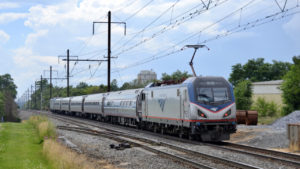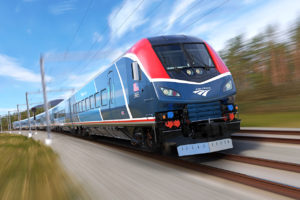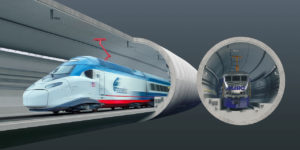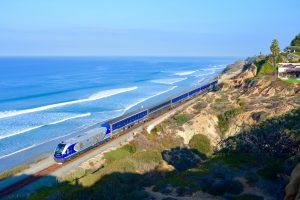U.S. House passes Amtrak funding bill
Written by Jenifer Nunez, assistant editor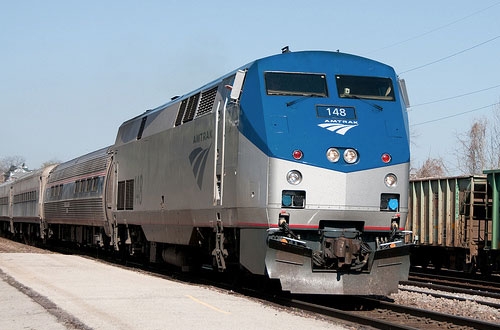
The House of Representatives approved a bill March 3 that improves the nation's passenger rail system and reforms Amtrak by reducing costs, creating greater accountability and transparency, leveraging private sector resources and accelerating rail project delivery, according to a release from the Transportation and Infrastructure Committee.
The Passenger Rail Reform and Investment Act of 2015, or PRRIA (H.R. 749), was introduced by Transportation and Infrastructure Committee Chairman Bill Shuster (R-PA); T&I Ranking Member Peter DeFazio (D-OR); Railroads, Pipelines and Hazardous Materials Subcommittee Chairman Jeff Denham (R-CA) and Subcommittee Ranking Member Michael Capuano (D-MA).
“PRRIA brings significant and needed reforms to Amtrak. This bill will result in cutting waste, strengthening our infrastructure and providing better, more cost-effective passenger rail service for our nation’s transportation system,” Shuster said.
“In every region of the country, passenger rail investments boost local economies and create thousands of family-wage construction, engineering and manufacturing jobs. This bill isn’t perfect, but it was a bipartisan effort that ultimately provides critical investments and system wide improvements to increase capacity and make our railways safer. I’m glad that we were able to pass this legislation in a bipartisan way,” said DeFazio.
The House T&I Committee says PRRIA includes the following provisions:
Reforms Amtrak to increase transparency, reduce costs and operate more like a business. This authorizes Amtrak at recently appropriated funding levels; eliminates Amtrak’s losses in food and beverage service; mandates Amtrak carry out a business case analysis for all major procurements and eliminates Amtrak’s opaque accounting and requires transparent bookkeeping.
Leverages resources and encourages non-federal participation. This creates station development opportunities for the private sector; opens new revenue streams through right-of-way development; unlocks an underutilized federal railroad loan program and assists with advancing large infrastructure projects through partnerships with states.
Streamlines environmental reviews and accelerates project delivery. This sets deadlines to reasonably limit review times; requires reviews to occur concurrently rather than consecutively and improves coordination among federal, state and local agencies involved in the reviews.
Targets investments where there is the greatest potential for success. This keeps Northeast Corridor profits on the Northeast Corridor, while maintaining long-distance and state-supported passenger rail service; improves management of the Northeast Corridor and incentivizes increased Northeast Corridor investments.
Empowers states to have a greater role in managing routes. This ensures states are equal partners, giving them a greater say in decision making to ensure passengers get the best service; strengthens transparency to give states and Congress greater insight into Amtrak’s accounting to identify areas for improvement and requires Amtrak to evaluate long-distance routes, improve services and lower costs.

